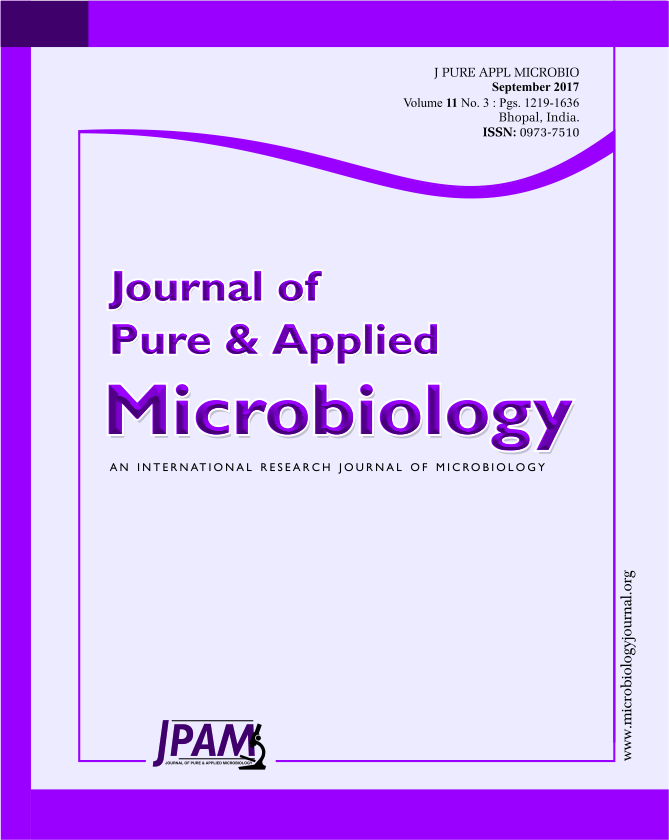Binsar Wildlife Sanctuary is an ecological confined area having high diversity of plants and animals. Oak and pine are the dominant species in this sanctuary. Since soil biological indicators are highly sensitive, which reflect the impact of land use systems in short time, soils under oak (Quercusleucotrichophora) and pine (Pinusroxburghii) canopy cover were investigated for enzyme activities such as dehydrogenase, acid phosphatase, alkaline phosphatase, nitrate reductase, MBC, OC and abundance of bacteria, fungi and actinomycetes during 2008-2010. The mean DHA, acid phosphatase, alkaline phosphatase, nitrate reductase activities recorded highest values in oak 9.3 µg TPF g-1 soil h-1, 452µg PNP g-1 soil h-1, 234.3µg PNP g-1 soil h-1, 1.3 mg kg-1 respectively as compared to the pine canopy cover soil 5.3µg TPF g-1 soil h-1, 186µg PNP g-1 soil h-1, 118 µg PNP g-1 soil h-1, 0.6mg kg-1respectively. The MBC values were from 460.2mg kg-1 in pine canopy to 596.7 mg kg-1 in oak forest. Similarly the values of OC were also recorded significantly high in oak forest. From this study it is concluded that the canopy of oak forest is much more effective to improve the biological indicators in soil.
Oak Canopy, Pine Canopy, Indian Himalayas, Soil Enzymes, Microbial Biomass Carbon, Organic Carbon.
© The Author(s) 2017. Open Access. This article is distributed under the terms of the Creative Commons Attribution 4.0 International License which permits unrestricted use, sharing, distribution, and reproduction in any medium, provided you give appropriate credit to the original author(s) and the source, provide a link to the Creative Commons license, and indicate if changes were made.


